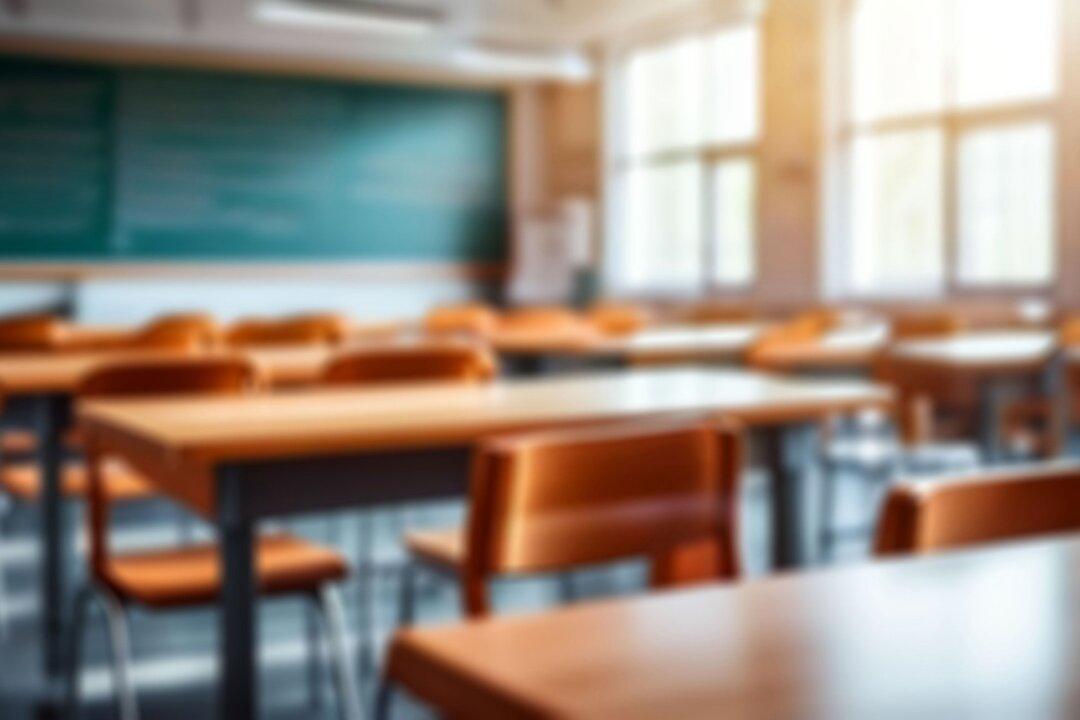Think back to when you were a kid. A huge blizzard was on the way, and you knew that school might be cancelled the following day.
Now be honest. Was there anything more exciting than tuning in to the radio first thing in the morning to find out if school was cancelled? For most students, snow days were a positive experience, filled with lots of outdoor activities and plenty of fun with family and friends.
Snow days don’t happen very often, but they certainly make an impact when they do happen. Unfortunately, snow days might become another victim of the COVID-19 pandemic. That’s because some school jurisdictions are planning to replace snow days with remote learning days.
For example, New York City Chancellor David C. Banks recently announced that students will be expected to log in to remote lessons whenever schools are closed due to inclement weather. He justified this decision by saying that students should keep on learning even when schools are shut down by blizzards.
Of course, his argument is patently absurd.
Leave aside the fact that power outages are common during a major blizzard. Also leave aside the fact that even if there is power, not all students (or teachers) have access to technology in their homes. And leave aside the fact that a huge number of families will probably refuse to participate in remote learning on snow days.
One thing we saw clearly during the pandemic was that, for most K-12 students, remote learning was a poor substitute for in-classroom learning. To put it bluntly, remote learning was a downright miserable experience for both teachers and students.
From problems getting on to the internet to difficulty in getting students’ attention to headaches from staring at a screen all day, there was no shortage of factors that made remote learning a subpar experience.
Anyone who thinks that remote learning and in-person classroom learning are equally effective is sorely misguided. Simply put, there is nothing comparable between teaching reading strategies over a screen and actually helping students sound out words while sitting beside them in a classroom.
Unfortunately, some politicians and administrators seem to think that remote learning was a rousing success. This is the reason we keep hearing about the so-called merits of remote learning.
This must be why the head of curriculum studies at the University of Saskatchewan publicly mused that remote learning could be a good way to reduce bullying among students or why the Ontario government is pushing ahead with its bizarre requirement that all high school students must complete two online courses to graduate.
To be fair, there are circumstances where remote learning is appropriate. At the post-secondary level, remote learning can be successful, particularly when a school has invested in the equipment needed to effectively manage this platform. This is why Athabasca University in Canada and Liberty University in the United States have earned reputations for providing a high-quality remote learning experience. However, it’s important to remember that these are post-secondary institutions, not K-12 schools.
There is a huge difference between choosing remote learning as a university student and being forced to endure remote learning as an elementary school student.
At the K-12 level, remote learning will only be successful if it is entirely optional. For example, the Manitoba government has established a remote learning centre staffed with teachers and other professionals. This centre provides a valuable service to families who, for a variety of reasons, prefer or require a remote learning experience. While this can work for a few families, it will not work for the vast majority.
As we finally move away from public health measures in schools, it is time for things to return to normal. This means having all students in school every day, getting rid of so-called hybrid classes, eliminating artificial social distancing rules, and abolishing mask and vaccine mandates. Students need to be in a normal learning environment—one free of all public health measures.
When a blizzard hits, the last thing students and their parents need is a visible reminder of the thing they hated most during the COVID-19 pandemic. On snow days, students should leave their books in their backpacks and their computers on the shelf.
Let the kids have some fun outside. It’s the least we can do for them.





